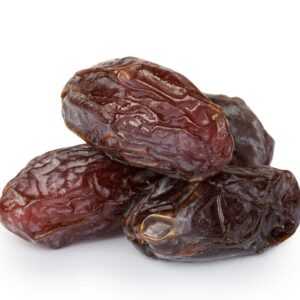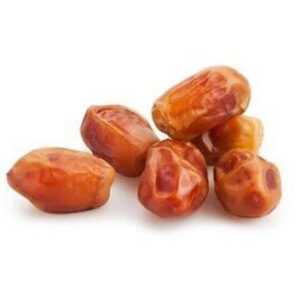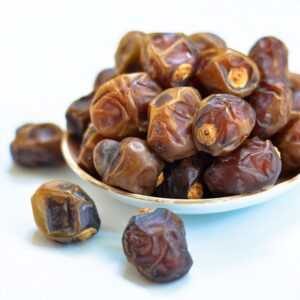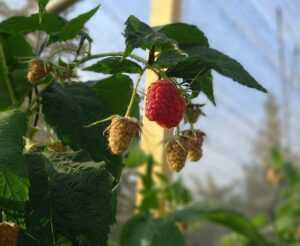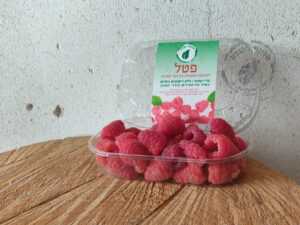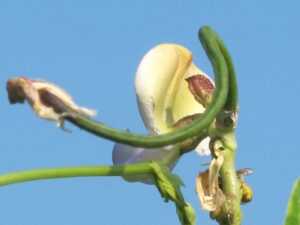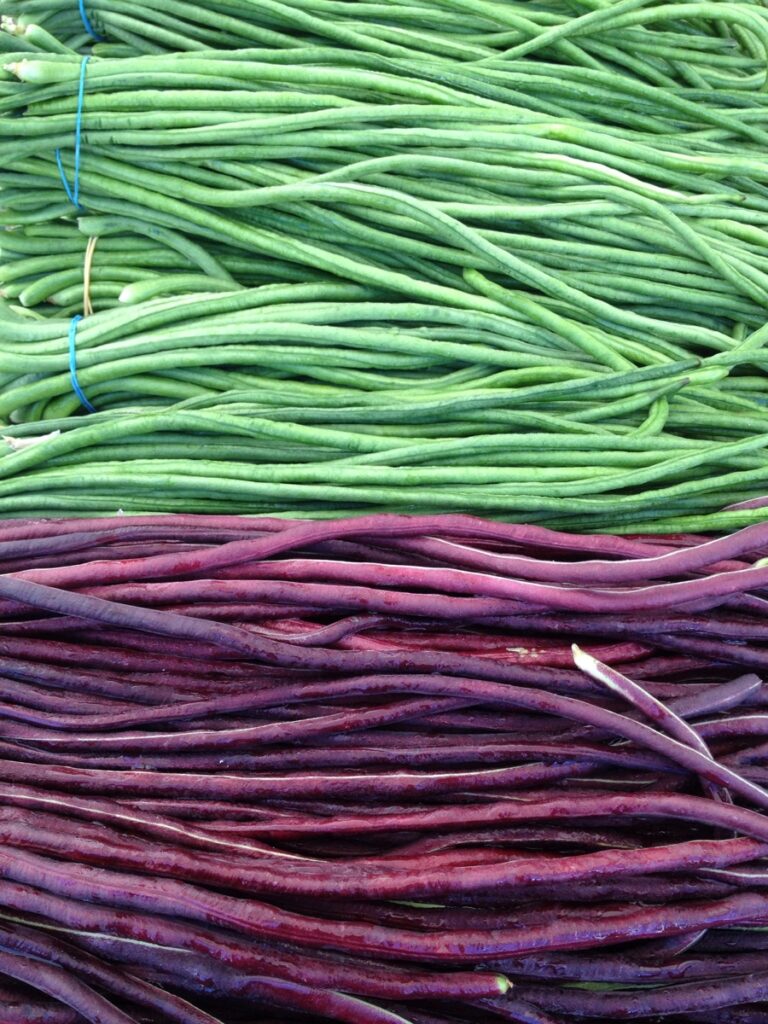As summer fruits ripen in the orchard, warm fragrant breezes fill the air. Alongside, another seasonal fruit is ripening, one that has become a Chubeza tradition: The Shana Ba’Gina Calendar / A Year in the Garden created by artist and gatherer Ilana Stein. If you haven’t yet met this amazing creation, Shana Ba’Gina is a detailed, illustrated calendar that is also a monthly guide to domestic Israeli gardening and nature. This product celebrates the direct connection between time and seasons with local agriculture and gathering. Each month brings about changes – in the field and forest, in the garden, and in your food. This will be the Shana Ba’Gina’s seventh birthday, and as always, it is replete with new illustrations, refreshing ideas, tips and new recipes. And of course, in deference to the upcoming sabbatical Shmita year, Ilana created a special seventh edition dedicated solely to indoor home gardening: vegetables on the windowsill, greens in the kitchen, hanging plants in the bathtub, hydroponics, terrarium and many other solutions to bring nature indoors. This beautiful calendar invites you to bring nature in and get yourselves out. Perhaps in the spirit of Shmita, to change something in our fast-paced life, to allow a slowing down, to pay attention and open our lives to new, interesting things. A Year in the Garden comes highly recommended by the Chubeza staff!
A Year in the Garden products include a hanging/tabletop calendar, a weekly journal, and magnets with seeding schedules. Take a peek at the beautiful charm of Ilana’s calendar right here.
Prices: Hanging/tabletop/English calendar: 79 NIS Weekly journal – 89 NIS Pair of seeding schedule magnets: 26 NIS (reduced prices for quantity purchases)
A beautiful and distinctive gift for your loved ones (yourselves included…). Add these stunning calendars to your order via our order system. ******************** To celebrate sunny summertime, Samar’s organic dates are now on sale!
Don’t miss our last Barhi, Zahidi and Medjool dates of the season at very special prices! (The dates, refrigerated since their arrival, are absolutely delicious!): Organic Barhi: 2 kg – 62 NIS 5 kg – 135 NIS Organic Zahidi: 1 kg – 23 NIS 2 kg – 40 NIS 5 kg – 79 NIS Organic Medjool: 1 kg – 40 NIS
Quick! Add these to your boxes via our order system
********************
It’s Raspberry Season!
Gadi and Tamir of Tekoa, renowned for their spectacular blueberries, have now added luscious red raspberries to their repertoire!
Raspberries require acidic soil in order to thrive, which is why they’re grown on a detached surface inside large containers. To adhere to the precise acidic level, the raspberries are fertilized (non-organically), but are not sprayed throughout their growth.
Like their fellow Berry Family members, raspberries are rich in antioxidants: Vitamin C, manganese, vitamins K, E and B, iron, magnesium, potassium and more, aiding in the prevention of blood vessel inflammation, and helping to balance cholesterol and sugar for diabetics.
125 grams – 23 NIS
Raspberry season is short, so hurry and order via our order system
_____________________________________________________________________LUBIA AT FIRST SIGHT
Over the past weeks, Chubeza’s Thai lubia has been ripening in abundant quantities, making a formal announcement that summer is at its peak. If you’ve been wondering why the latest green beans you’ve been receiving are so lengthy and coarse, well, it’s because they’re not green beans but rather… Thai lubia (yard-long beans) which arrive “gift-wrapped” in your boxes. They are indeed a present, albeit rather strange and unique. But don’t expect them to be green beans, because they simply are not…
The Thai bean/ lubia (V. unguiculata ssp. Sesquipedalis) is a relative of the common bean, chickpea, soy, fava bean and other members of the Faboideae family we so love to nibble.
Said Rabbi Yona:“How did beans get their name? They amuse the heart and tickle the intestines.” – Yerushalmi Talmud
The ancient bean that grew in the Land of Israel is, in fact, the cowpea. At the time of the Mishna, the common (fresh/dry) bean was still mainly found in South America and not yet known in our area, while the cowpea, which probably originated in Africa, was the most prevalent.
When Rabbi Yona says that the bean (shu’it) is amusing (mesha’a’sha’at), he must mean “filling and satisfying.” The verb sha’ah in Aramaic connotes plaster, meaning “filling and covering.” The continuation of Rabbi Yona’s words refers to the other, less amusing part of the (dry) beans and cowpeas: their tendency to “tickle”, i.e., generate gas within, the intestines… Wordplay aside, the lubia was honored by our sages to merit a blessing at the Rosh Hashana table “to increase our merits and hearten us.”
For me, the amusement to the heart and tickling of the soul is reminiscent of the beauty and abundance the beans and cowpeas encompass – the bean plant is strong and beautiful, the gentle flowers resemble two butterflies fluttering between the leaves, and the green pods we pick are tasty, filling and heart-warming.
Both green beans and the cowpeas have fresh and dry versions, in a beautiful array of varieties. The green variety (or yellow, purple, etc.) is eaten fresh in long green pods, while in the dry version, only the dry seeds are consumed (they, too, come in an impressive array of colors: red, white, speckled, brown, black, spotted…)
At Chubeza, we host the green bean and its yellow sister in springtime. (This year, the green version did not grow well, but we enjoyed an abundance of yellow). As spring makes way for summer, along comes the Thai long bean, which grows upward and we trellis it on polls.
Thai lubia is known as the yard-long bean, bora bean, long-podded cowpea, asparagus bean, pea bean, snake bean, or Chinese long bean. All names relate to this bean’s various characteristics. It originates in Southeast Asia, hence the “Chinese” or “Thai” title, and can reach the hearty length of half a meter (though it’s generally harvested young, at approximately 30 cm. long and 1 cm thick). Lubia is similar to asparagus in diameter and length, and because of its flexibility may resemble a green snake (to those of you with overactive imaginations, at least). Its taste ranges between that of green beans and fresh green lubia, whilst the texture is less crunchy than the green bean and more flexible.
In its growth, lubia requires a great deal of heat and manages quite well throughout the sweltering months of summer (which certainly cannot be said of green beans who faint under the scorching sun). It is seeded in late spring, and we trellis it on poles with a net spread between the stalks on which the young plants climb adeptly and efficiently. We trellis it on either side of the pepper plants in order to stretch their shade nets along its polls. Within three months blooms appear on the net we spread, butterfly-like flowers, and a pair of beans ripens from two flowers, adjacent to each other at the ends, like a couple of twin green worms:
Contrary to green beans, the lubia grows slowly and yields pods only after more than three months (compared to two or less). But this has its advantages – we can harvest the lubia on and on, till the temperatures drop in wintertime. These beans must be harvested with care, as the bloom pole continues to develop flowers throughout the season.
The Thai yard-long bean can be harvested, like at Chubeza, at a young stage at less than 30 cm long and 1 cm thick, and be used in the same way as one would prepare fresh lubia or green beans. You can also allow the pods to mature on the plant and use the black, red or white (depending on the variety) seeds as you would use dry lubia pods or any dry bean.
At Chubeza, we grow the green variety which bears black seeds, but in Asia there is a magnificent array of colorful, bountiful types. On the outside, the pods come in green and various violets while the seeds can be black, white, brown or red.
Thai yard-long beans can be used in recipes calling for green beans or fresh lubia, including soups, quiches and fresh salads. In China, it is lightly stir-fried, and is actually the original bean to have been used in stir-fried dishes. It tastes wonderful with fish and even pickled. The yard-long bean is rich in Vitamin A and contains a good amount of Vitamin C, iron, folic acid and dietary fibers.
Of course, green beans and lubia can be cooked, steamed, roasted, pickled, added to pasta, rice, salad and any vegetable stir. They most certainly add taste, color and a festive flair to your meal.
The lubia recipes featured on our website range from easy to more complex, and are all delicious, of course. But if you don’t feel like firing up a cooking flame in this scorching heat, just help yourself to a long snake bean and nibble away!
Enjoy a week full of summer abundance and a true feeling of vacation, Alon, Bat-Ami, Dror, Orin and the entire Chubeza team
______________________________________
WHAT’S IN THIS WEEK’S BOXES?
Monday: Red bell peppers, okra/Thai yard-long beans (lubia), parsley/coriander, green soybeans (adamame), cucumbers, tomatoes, leeks/scallions, cherry tomatoes, butternut squash/slice of Tripoli pumpkin, eggplant/carrots, corn/beets. Special gift for all: basil/New Zealand spinach.
Large box, in addition: Lettuce, melon/Amoro pumpkin, potatoes/ onions.
FRUIT BOXES: Plums/pears/nectarines, mango, grapes, apples. Large boxes: Contain greater quantities of all the fruits above
Wednesday: Red bell peppers, okra/Thai yard-long beans (lubia)/Amoro pumpkin, basil/coriander, green soybeans (adamame), cucumbers, tomatoes, leeks/scallions, cherry tomatoes, butternut squash/slice of Tripoli pumpkin, eggplant/carrots, corn/beets.
Large box, in addition: New Zealand spinach, melon/onions, parsley.
FRUIT BOXES: Plums/pears, mango, grapes, apples. Large boxes: Contain greater quantities of all the fruits above.


